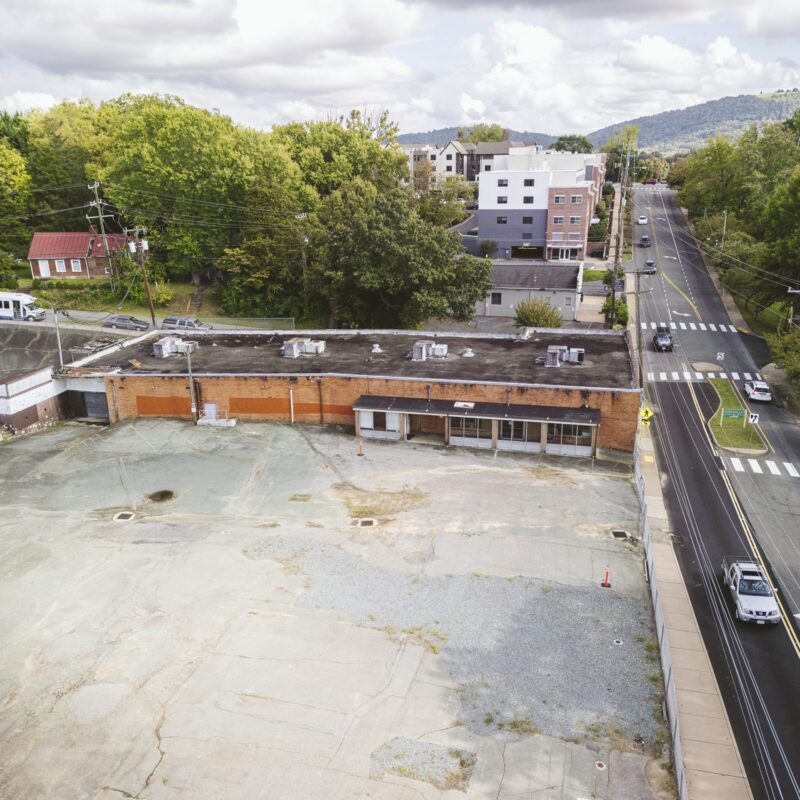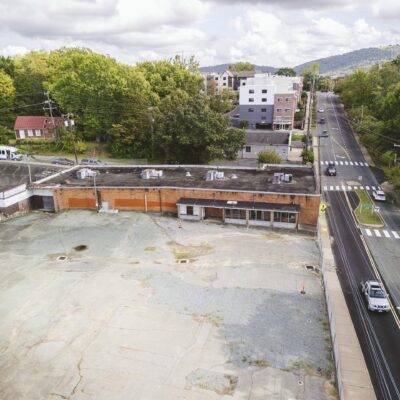 Let’s say you like everything about your house—location, size, sunlight, yard, floor plan, and so on. Maybe you’ve lived there for years, or maybe you’re about to buy it. But it has no fireplace. Can you add one? How difficult is it, how much does it cost, and how much resale value does it add?
Let’s say you like everything about your house—location, size, sunlight, yard, floor plan, and so on. Maybe you’ve lived there for years, or maybe you’re about to buy it. But it has no fireplace. Can you add one? How difficult is it, how much does it cost, and how much resale value does it add?
According to Kelly Ceppa, a REALTOR® with Nest Realty in Charlottesville, homebuyers who write a list of features they want seldom include a fireplace. “If a house happens to have one, it’s a plus. If the fireplace is a prominent feature that catches the eye, it may help in selling. But it’s hard to put a number on the value. Most people choose a house on general appeal. Lack of a fireplace is not a deal-breaker.”
For a contrasting point of view, in their 1902 book The Decoration of Houses, Edith Wharton and Ogden Codman, Jr. say: “The fireplace was formerly always regarded as the chief feature of the room, and so treated in every well-thought-out scheme of decoration.” They devote a chapter to fireplaces and mantels, with practical hints on materials, architectural form, and placement. You should locate a fireplace in the center of the longer wall of a room, with space for seating beside it. Fussy ornament is vulgar, and sham is forbidden. Wharton, better known for her novels of high society, was strict.
With these sobering thoughts in mind, if you want the warmth and beauty of a fireplace in your house, here is how to proceed. There are three basic types: masonry, metal, and stove. Masonry, which can be built of brick, block or stone, is the most massive and expensive option. The construction of flues and fireboxes is a craft that requires a skilled mason. The fireplace and chimney are independent of the wood structure, have their own foundation, and must meet the building code. A masonry wood-burning fireplace and chimney will cost $5,000 to build, more with a special mantel or hearth.
Metal fireplaces, also called prefab, zero-clearance, and a variety of other names, are more like a built-in appliance. They generally burn natural gas or propane, from jets hidden in artificial logs. Some are operated by the flick of a switch or by remote control, much like a television. You may appreciate the convenience, with no need to haul wood and shovel ashes. There are perhaps a dozen manufacturers, each with several models. The cost for purchase and installation is in the $2,000 range.
Stoves can be cast-iron, ceramic, or specially built of stone, with or without a door that allows you to see the flames. Though free-standing, they still must have a flue to outside, and the surfaces near them (floor and wall) must withstand high heat. You can buy a modest stove for under $1,000, or a large and complex one for several thousand. Europeans have a tradition of fine ceramic stoves, beautiful and good for heating. Tulikivi is a locally marketed Finnish stove made of soapstone. In America, the cast-iron stove, including the one invented by Benjamin Franklin, is traditional. It can burn wood, coal, pellets, dried corn, rolled newspapers, and in an emergency, old love letters.
For any type of fireplace, you need to decide whether it will be a significant source of heat or simply decorative. The traditional brick fireplace, with a wide open hearth, as found in Colonial houses, is an inefficient way to heat a room. Most of the heat goes up the chimney, and the fire creates a draft of cold air. The Rumford fireplace design is better, and an iron fireback or insert reflects more heat. An existing masonry fireplace can be adapted to burn gas, and glass doors can be added, either for safety or to convert it to convection, often called a “Heatilator.” Prefab metal fireplaces have this option built in. Stoves are essentially large radiators, and they control combustion for maximum efficiency.
Wooden Sun is a local company that sells prefab fireplaces, stoves, wood mantels, stone hearths, fireplace tools and related gear. With a lavish showroom in the Ix Factory in Charlottesville, Wooden Sun does sales and installation—one-stop shopping for the home improvement firebug.
The frosty winter day I visited, one of the two partners, Jonathan Schnyder, gave me a tour. A former building contractor, he carries several manufacturers, including Hampton, Pacific Energy, Regency, Renaissance, Valor, and Vermont Castings. Some models are decidedly old-fashioned, recalling nineteenth-century cast-iron stoves, with or without cooktop. Some of the inserts and freestanding models are sleek and modern. Neoclassical wood mantels are shown with contemporary designs, natural wood and painted. And there are choices for stone and ceramic tile facing. They also sweep chimneys and reline flues. For more information, visit woodensun.com.



